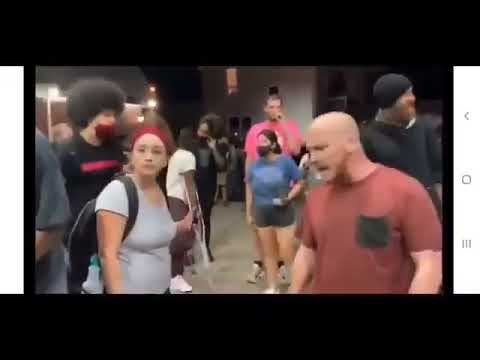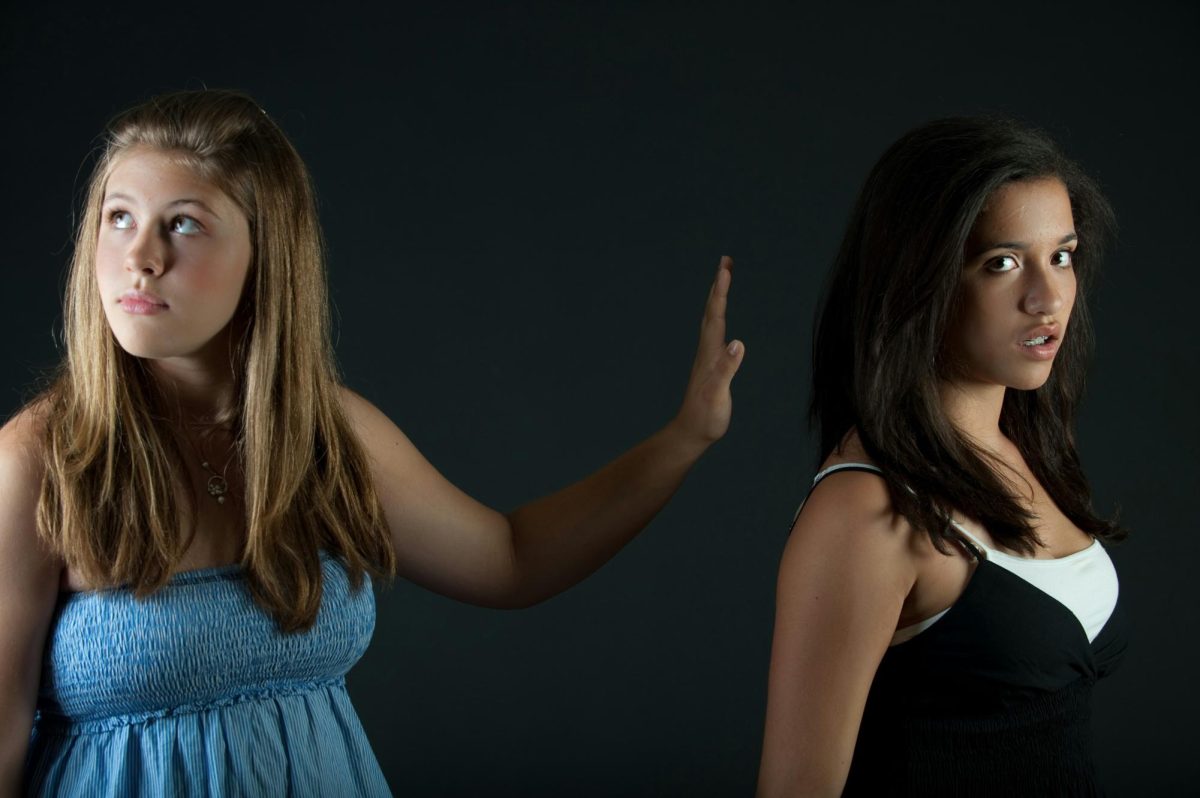Disclaimer: The Wellesley News does not endorse any opinions published as letters to the editor. All of the opinions belong to the writer.
What if I told you that Kyle Rittenhouse crossed state lines with an illegal firearm and then, unprovoked, murdered two Black Lives Matter protestors and injured a third?
I would be lying.
On August 25, 2020, he offered low-grade medical help at a Black Lives Matter protest-turned-chaotic demonstration and ended up shooting three men, killing two. This past November, he was acquitted of all charges.
Following the ruling, an op-ed in The Wellesley News falsely claimed that Rittenhouse “pretended to be a medic” and “was armed with an illegally procured military-style rifle.” The article represents popular misunderstandings that make Rittenhouse out to be a white supremacist getting away with murder. The truth is much more nuanced.
Kyle Rittenhouse was no stranger to Kenosha, Wisconsin, and he didn’t come from out of town to attend the demonstration. He worked in the next town over, and much of his family — including his father and grandmother — lived in Kenosha. He testified that he went to his job on August 24 and spent the night in Kenosha with a friend whose stepdad stored his gun. He owned the weapon legally, and it didn’t cross state lines.
Rittenhouse was a fire/EMT cadet in his hometown of Antioch, Illinois. On August 25, 2020 he didn’t cross state lines with an AR-15 and the intent to kill. Rather, he went to downtown Kenosha that morning to walk around and clean graffiti off a school. He testified that his first-aid kit, which he brought with him when he worked as a lifeguard, was in the back of his car. When a chemical bomb went off, he said, he helped flush a man’s eyes. He also wrapped a woman’s ankle.
The first man Rittenhouse shot, Joseph Rosenbaum, threatened to kill him twice. According to Rittenhouse’s testimony, he and Ryan Balch, who he’d met that day, “were asking people if they needed medical help.” Balch saw Rosenbaum trying to start a fire and asked him not to, he said in court. Then, according to Rittenhouse, Rosenbaum “screamed, sorry for my language, he screamed, ‘If I catch any of you fuckers alone, I’m going to fucking kill you.’”
According to witness testimony, Rosenbaum lunged at Rittenhouse and tried to grab his gun. Rittenhouse shot him.
The Wellesley News editors asked me to “justify [my] reasoning for using these testimonies as [my] primary source.” They published an op-ed about Rittenhouse with false information, then demanded that I explain why I’m using sworn, uncontested court testimony.
If the public wants to judge the jury for acquitting Rittenhouse, they ought to understand the evidence that was presented. Much of that was testimony. None of the testimony I cite was disputed in court.
Major newspapers have cited Rittenhouse’s testimony. The Washington Post corrected an article based on it. Another Post article explained key parts of what Rittenhouse said in court. The New York Times cited testimony in their summary of the case. Why? Because journalists use testimony to tell the full story of a court case.
Okay, back to the trial:
Rosenbaum was not a Black Lives Matter protester. He was filmed saying the n-word and seen lighting a dumpster on fire — hardly the racial justice advocate that Rittenhouse’s victims have been made out to be. Rosenbaum had been released from a psychiatric hospital that day and couldn’t pick up his medication because the pharmacy had been boarded up in the chaos.
Soon after, Anthony Huber hit Rittenhouse on the head with a skateboard. Rittenhouse’s defense attorney claimed that Huber then reached for Rittenhouse’s gun. In response, Rittenhouse shot Huber, killing him.
Paramedic Gaige Grosskreutz, who volunteered as a medic and a legal observer, followed the sound of gunshots. He testified that he wanted to stop Rittenhouse from shooting anyone else. To do this, he walked up to Rittenhouse and pointed a gun at him. Rittenhouse shot Grosskreutz in the arm. He survived. At Rittenhouse’s trial, a defense lawyer asked Grosskreutz, “It wasn’t until you pointed your gun at him — advanced on him with your gun, now your hands down, pointed at him — that he fired, right?” and Grosskreutz answered, “Correct.”
Anthony Huber appears to have been a racial justice protestor — he went to Kenosha that night because he knew Jacob Blake, the Black man whose shooting by police earlier that week sparked protests. Grosskreutz was a volunteer medic. Both did what we hope ordinary people will do in violent situations: they stood up to a person they saw as a threat.
But Rittenhouse fired his first shots because Rosenbaum threatened him and reached for his gun. By attacking Rittenhouse, in Huber’s case, or raising a gun at him, as Grosskreutz did, they put him in further danger, validating his self-defense claim.
It’s disappointing to see figures I respect get this story so wrong. The day after the shootings, Congresswoman Ayanna Pressley tweeted, “A 17 year old white supremacist domestic terrorist drove across state lines, armed with an AR 15. He shot and killed 2 people who had assembled to affirm the value, dignity, and worth of Black lives. Fix your damn headlines.”
Rittenhouse did not cross state lines with an AR-15. He supported Trump, but he had no connection to any white supremacist groups. One of the people he killed had been threatening him and saying the n-word — Rosenbaum was hardly there to “affirm the value, dignity, and worth of Black lives.”
After Rittenhouse was acquitted this past November, journalist Nikole Hannah-Jones tweeted, “In this country, you can even kill white people and get away with it if those white people are fighting for Black lives. This is the legacy of 1619.”
Rittenhouse didn’t shoot people for fighting for Black lives. He shot them because they threatened him, threatened to take his gun — which they could’ve used to kill him — and pointed a gun at him.
Rittenhouse’s perfectly legal gun is what put him, and others, in danger. Both men he killed threatened him by reaching for it. Ideally, he wouldn’t have brought a firearm to the demonstrations on August 25, 2020. Neither would’ve Grosskreutz. Rosenbaum and Huber would still be alive, and Grosskreutz would’ve been spared the trauma. Nobody should’ve been shot.
But the popular narrative — that the criminal justice system supported a murderer who went to Kenosha to shoot down racial justice protestors — is just wrong.







Alum Esq | Mar 8, 2022 at 8:25 pm
This is a strong piece. Whatever editor impugned you for citing court transcripts should be fired — this is a no-brainer issue.